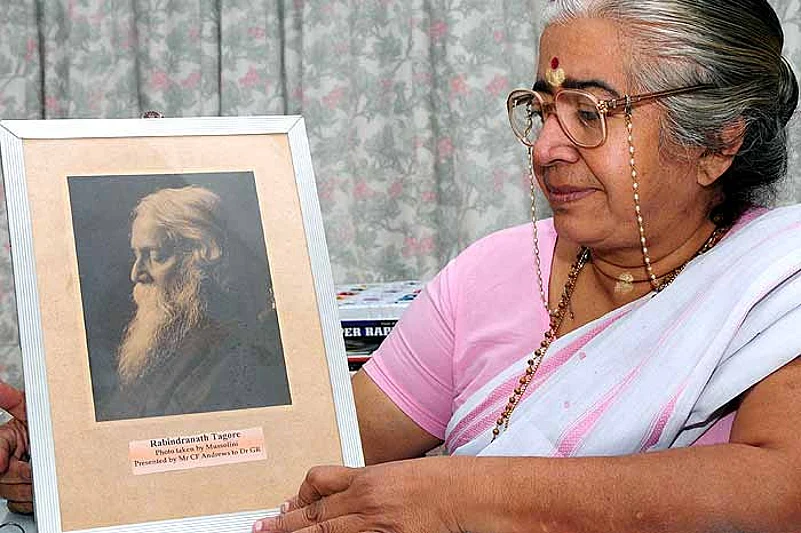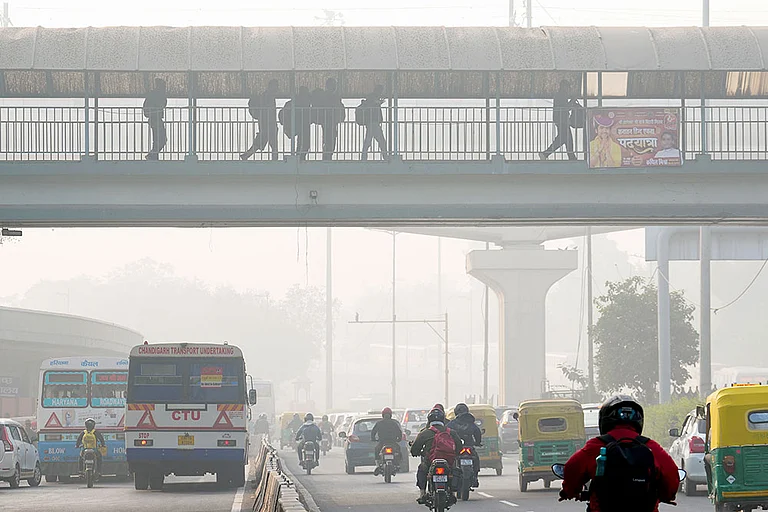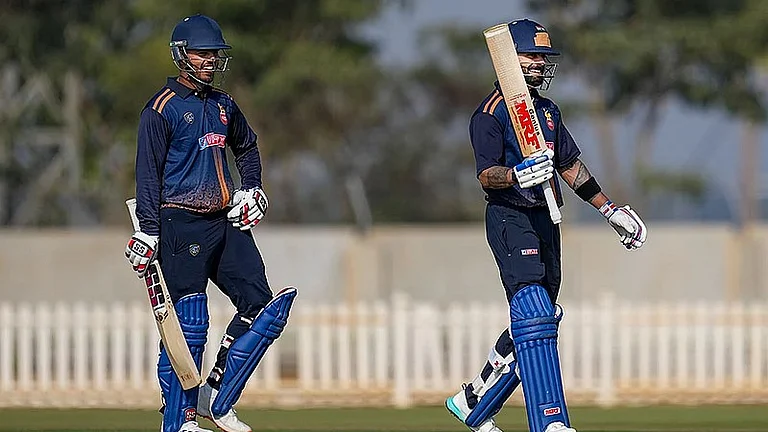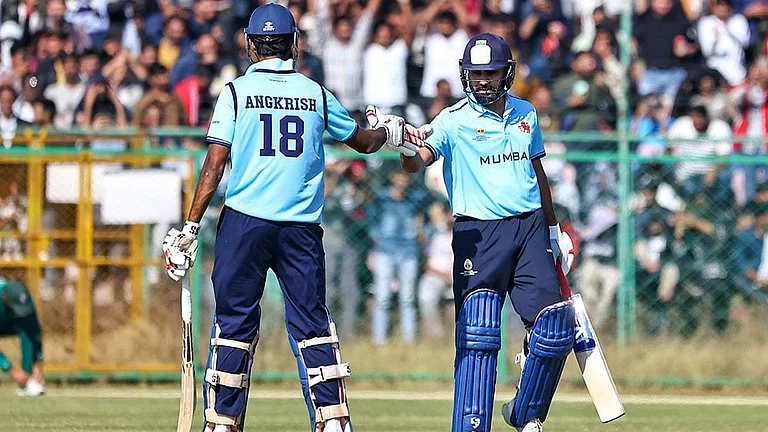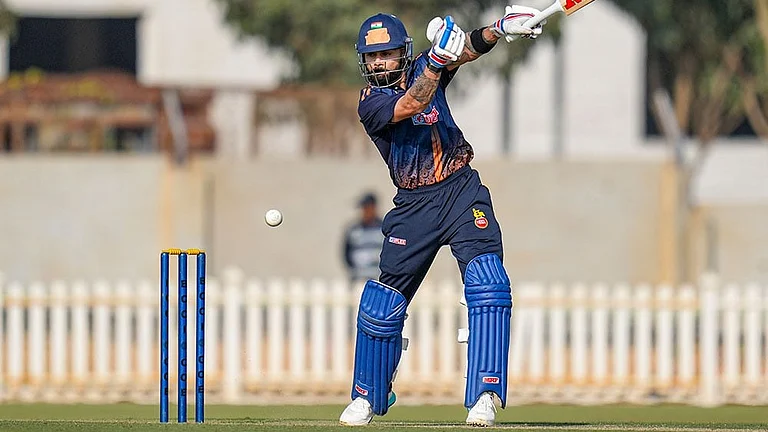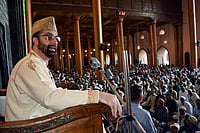For almost half a century, it’s been there, this very rare picture of a stately Rabindranath Tagore, taken by the fascist dictator of Italy, Benito Mussolini. The black-and-white picture of the poet, humanist and Nobel laureate, eyes closed, immersed in thoughts, is among the rare collection left behind by the late G. Ramachandran, a disciple of both Tagore and Mahatma Gandhi who set up a trust to propagate humanist ideals. Ramachandran had also co-founded the Gandhigram Rural University at Dindigul, Tamil Nadu.
Ramachandran’s collection of photographs is housed in the Madhavi Mandiram Loka Seva Trust, named after Ramachandran’s mother, at Ooroottukala, some 30 km away from Thiruvananthapuram. The Madhavi Mandiram Trust and the Mahatma Gandhi Vidyapeedom have more than 2,500 students and run several manufacturing units. Says Sister Mythili, the managing trustee of Madhavi Mandiram: “You may not see any jotting on the picture by its author, but Dr Ramachandran told me he got it from C.F. Andrews, the British priest who fought for India’s freedom along with Gandhiji. Andrews, an avid photographer, had got it as a gift from Tagore. Being a rare possession, Ramachandran had preserved it with great diligence.”
Taken when Tagore visited Mussolini in May-June 1926 at his office in Palazzo Chigi, Rome, the picture sheds light on the artistic side of Il Deuce, as the dictator was called. But it also hides a story of subterfuge. Mussolini, who had unleashed terror and brutal repression through his band of followers known as Blackshirts, grabbed at the opportunity of hosting Tagore, an internationally known humanist.
Mussolini often invited the foreign press, dignitaries and cultural delegations to publicise and demonstrate the positive successes of his regime and divert international attention away from the gory murders and torture in Italy. He wanted to extract political mileage from Tagore’s visit at a time when many intellectuals had fled Italy. He guessed Tagore would be loath to criticise him in Italy and perhaps by playing the perfect host he could win the poet laureate over.
Tagore visited Italy twice in his lifetime, once in 1925 and again a year later, in 1926, though he passed through the country several times before and during his visits to England. It was on his second visit to Italy that he met Mussolini twice. And out of touch with local realities, he ended up praising him.
This evoked a huge international furore against Tagore, an ardent defender of public liberty and free press. So, once out of Italy, Tagore felt compelled to explain his position. He eventually wrote a letter to Andrews, which Tagorephile Kalyan Kundu says “briefly describes the story of an imperfect encounter between two personalities whose ideologies and beliefs were worlds apart”.
The record of that encounter is left behind in the picture of Tagore, which the typewritten inscription below credits to Mussolini. It’s a quirk of fate that the picture should travel all the way and remain a historical relic in a non-descript village in Kerala. However, Sr Mythili, who devotes all her time to the trust, has a grievance: “You have forgotten Ramachandran, without whom this institution wouldn’t have come up. Through the picture, let us recall the story of a kindred soul that left this village, aged 14, to follow in the footsteps of Tagore and the Mahatma.”






